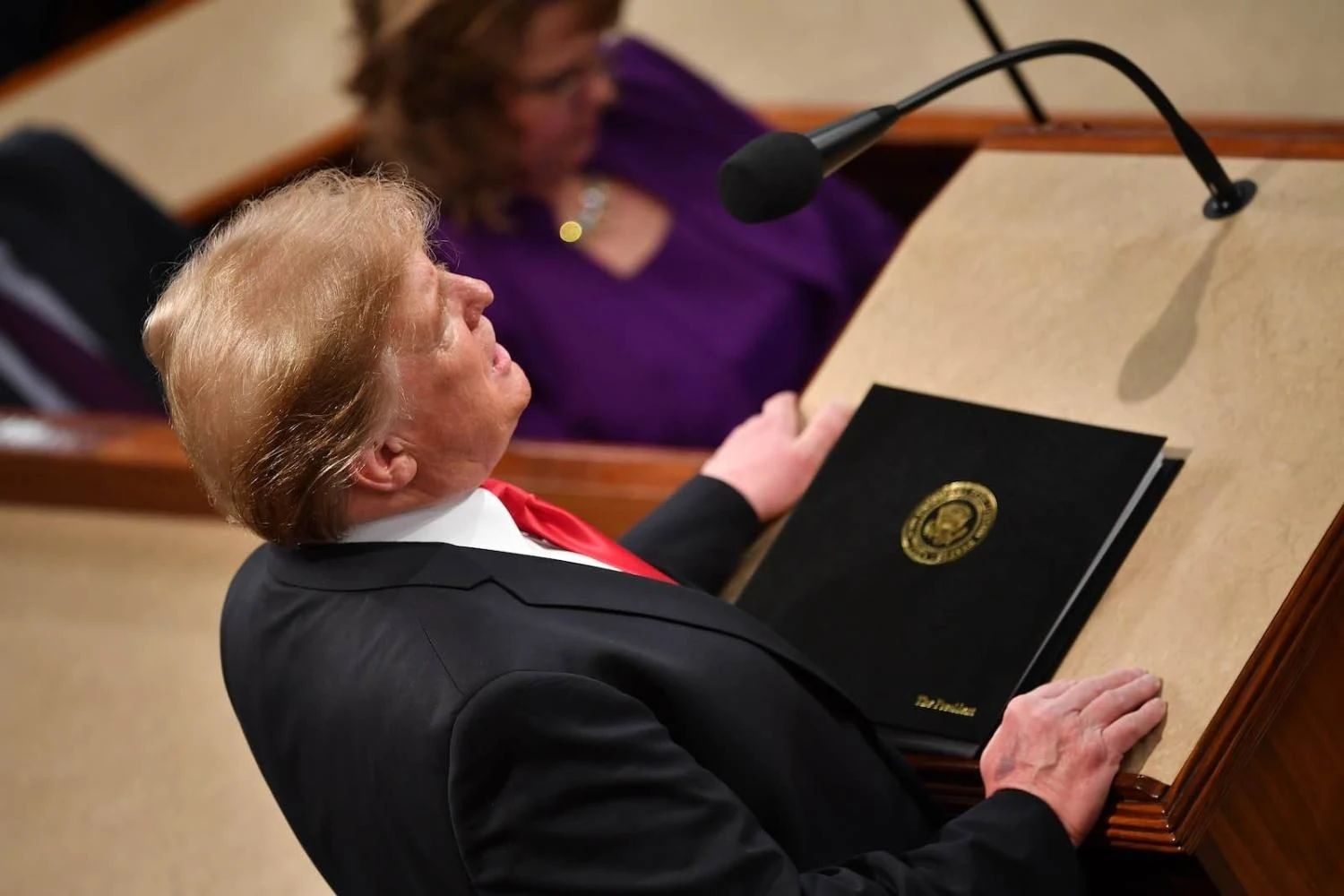“Trump will keep 10% tariffs, but not for everyone: White House presented new tariff planUS President Donald Trump maintained a basic tariff rate of 10% for countries with a positive trade balance. For 40 countries with
a trade deficit with the US, a minimum tariff of 15% has been set, and for Canada, the duty has increased to 35%.
”, — write: unn.ua
DetailsThe White House unveiled its new tariff plan just hours before its self-imposed August 1 deadline.
As part of President Donald Trump’s historic tariff policy, the White House announced that the “universal” tariff on goods imported into the US will remain at 10%, the same level that was introduced on April 2.
It is noted that this 10% rate will apply only to countries with a positive trade balance – countries to which the US exports more than it imports. This applies to most countries, a senior administration official said.
The 15% rate will be the new minimum tariff for countries with which the US has a trade deficit. Goods from about 40 countries will be subject to this new 15% tariff. For many of these countries, this tariff will be lower than the “reciprocal” tariffs introduced on April 2, but for some, it will be higher.
President Trump uses tariffs as a necessary and powerful tool to put America first after years of unsustainable trade deficits that threaten our economy and national security.
In addition, Trump signed a separate decree increasing the duty for Canada from 25% to 35%, with the higher duty taking effect today, August 1.
In his statement on Thursday evening, President Donald Trump said that some countries “have agreed or are close to agreeing to significant trade and security commitments with the United States,” while others either did not participate in negotiations with the US, or “offered terms that, in my opinion, do not sufficiently address the imbalance in our trade relations or do not sufficiently meet the position of the United States on economic and national security issues.”
New tariffs announced by the White House:
- Angola: 32% vs 15%
- Bangladesh: 37% vs 20%
- Bosnia and Herzegovina: 35–30%
- Botswana: 37% vs 15%
- Brunei: 24-25%
- Cambodia: 49% vs 19%
- Cameroon: 11% to 15%
- Chad: 13% to 15%
- Côte d’Ivoire: 21-15%
- Democratic Republic of Congo: 11% to 15%
- Equatorial Guinea: 13% to 15%
- European Union: 20% to 15% (for most goods)
- Falkland Islands: 41% vs 10%
- Fiji: 32% to 15%
- Guyana: 38% vs 15%
- India: 26–25%
- Indonesia: 32% vs 19%
- Iraq: 39% -35%
- Israel: 17-15%
- Japan: 24% to 15%
- Jordan: 20% to 15%
- Kazakhstan: 27% -25%
- Laos: 48-40%
- Lesotho: 50% to 15%
- Libya: 31% vs 30%
- Liechtenstein: 37% vs 15%
- Madagascar: 47% vs 15%
- Malawi: 17% to 15%
- Malaysia: 24%-19%
- Mauritius: 40% to 15%
- Moldova: 31% vs 25%
- Mozambique: 16% to 15%
- Myanmar: 44-40%
- Namibia: 21% to 15%
- Nauru: 30 to 15%
- Nigeria: 14% to 15%
- North Macedonia: 33% vs 15%
- Pakistan: 29% -19%
- Philippines: 17% to 19%
- Serbia: 37% -35%
- South Korea: 30% to 15%
- Sri Lanka: 44% vs 20%
- Switzerland: 31% -39%
- Taiwan: 32%-20%
- Thailand: 36% vs 19%
- Tunisia: 28-25%
- Vanuatu: 22-15%
- Vietnam: 46% vs 20%
- Zambia: 17% to 15%
- Zimbabwe: 18% to 15%
According to CNN, the new tariff regime will not take effect on Friday, as expected. Instead, tariffs will be introduced on August 7 to give Customs and Border Protection enough time to make the necessary changes and collect new duties.
RecallEarlier, White House spokeswoman announced that the US administration would send official notifications to all countries without a valid trade agreement or previous letters regarding duties by midnight.
